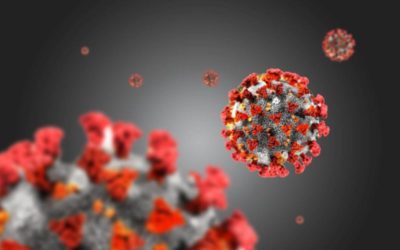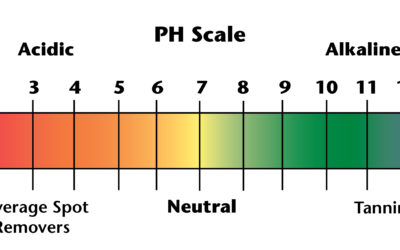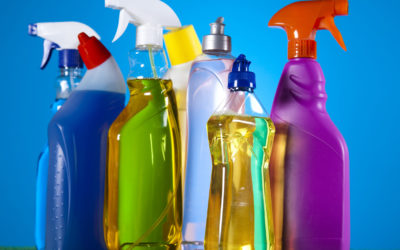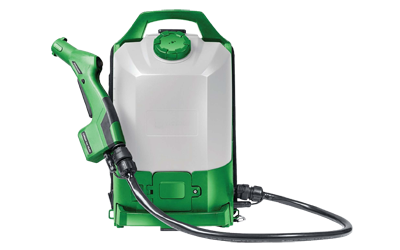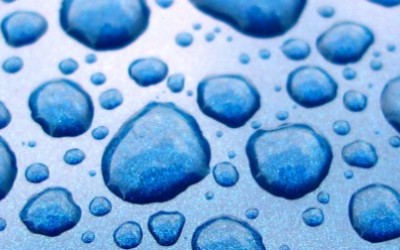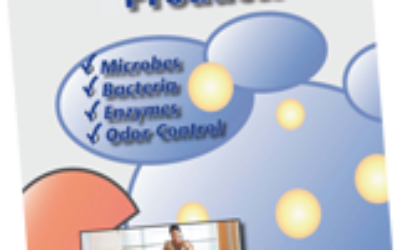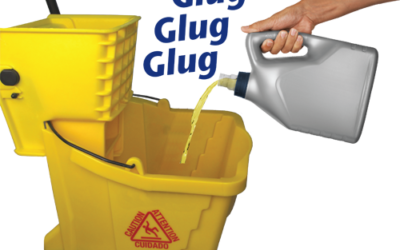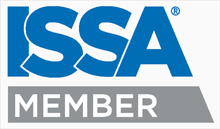New CDC Guidance on disinfecting facilities…Should we stop disinfecting?
|4 Comments
You may have read about new guidance from the CDC questioning the need to disinfect surfaces to prevent the spread of COVID-19. This guidance suggested that cleaning with soap and water might be good enough in many situations. Take a Pause…. While this CDC guidance maybe advisa

